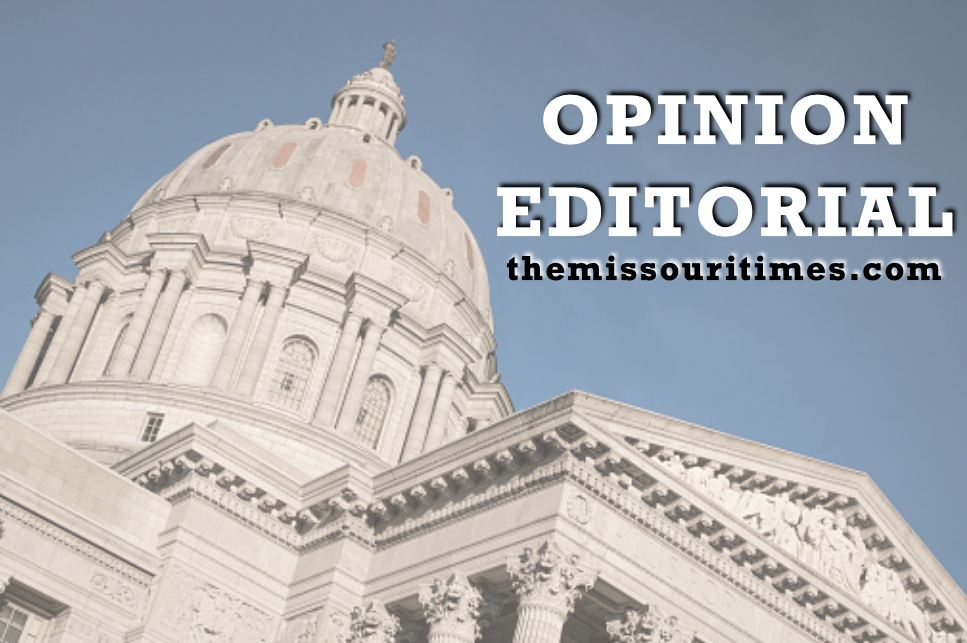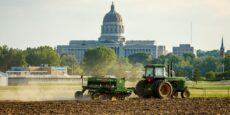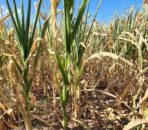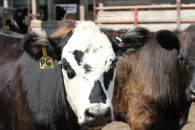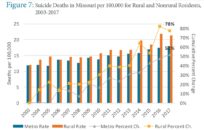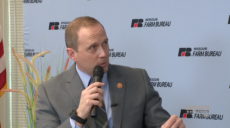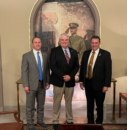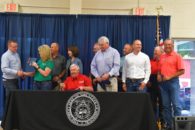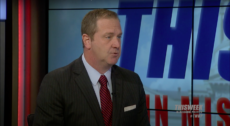It was a big week for Missouri agriculture and Lincoln University, as Tom Vilsack, the U.S. Agriculture secretary, visited Jefferson City to discuss ag research and announce his department’s latest climate-focused initiative.
Farm Bureau was there, along with commodity organizations, state and federal agencies, university students and faculty, and ag media. We all heard the same message: the U.S. Department of Agriculture (USDA) is investing $1 billion in climate-smart agriculture to foster climate-smart partnerships to help climate-smart farmers and ranchers implement climate-smart practices that yield climate-smart commodities.

Frankly, I lost count of the number of times climate-smart was used at the event, and I left with more questions than answers about USDA’s new program. One thing was made perfectly clear: Combating climate change is a huge priority for Vilsack’s USDA and the Biden administration.
Here’s the deal: Climate-smart may be a new, trendy term, but it’s not a new concept. The work done by farmers and ranchers for years to conserve soil and improve air and water quality has yielded more environmental benefits than we are credited for, including air emission reductions and the trapping of carbon in our crop, pasture, and forest lands.
It reminds me of the ‘80s country music hit from Barbara Mandrell and George Jones, “I Was Country When Country Wasn’t Cool.” Farmers and ranchers were climate-smart before being climate-smart was cool.
Climate-smart need not be complicated. In the real world, it starts with commonsense conservation. This is something Missouri farmers and ranchers know a lot about, as shown by the success of our state’s soil and water conservation cost-share program, funded by the one-tenth-of-one percent sales tax initially approved in 1984. This program, which farmers and ranchers leverage with their own dollars, has helped put countless conservation practices into use and yielded environmental benefits for all Missourians.
Climate-smart is also about resiliency. Farm ponds, for instance, should be considered climate- smart structures. By increasing on-farm water storage capacity, farm ponds can hold more water after significant rainfall and better handle water needs for livestock when drought conditions set in. Many of the state’s 300,000 plus farm ponds need work, though. Missouri’s recently updated Water Resources Plan calls for cost-share assistance to build and restore livestock water impoundments.
Precision agriculture is a climate-smart management approach. A USDA survey conducted this year showed 20 percent of Missouri farmers and 25 percent of U.S. farmers used precision agriculture practices to manage crops or livestock in the prior 12 months. For this survey, precision agriculture includes GPS guidance systems, GPS yield monitoring and soil mapping, variable rate input applications, use of drones for scouting fields or monitoring livestock, electronic tagging, precision feeding, and robotic milking. Making use of the array of technologies in the innovation pipeline only heightens the need for improved cellular and high speed internet services.
On-farm usage of renewable fuels and other sources of renewable energy that improve energy efficiency and reduce fossil fuel consumption are on the rise. According to the U.S. Department of Energy, a record amount of solar power was added to the nation’s supply last year. In Missouri, eight farmers were recently awarded grants through USDA’s Rural Energy for America Program for the installation of on-farm solar power systems.
Climate-smart farming is well underway on our farms and ranches, and Secretary Vilsack acknowledged that in his remarks. The challenge moving forward is ensuring climate-smart is in fact commonsense. We don’t need more regulation or constraints on how we grow crops and raise livestock. We need tools in the toolbox and the freedom to keep doing what we do best — feeding, clothing, and fueling our nation all while stewarding the resources with which we have been blessed. That’s climate-smart.

Garrett Hawkins is the president of the Missouri Farm Bureau, the state’s largest farm organization.

